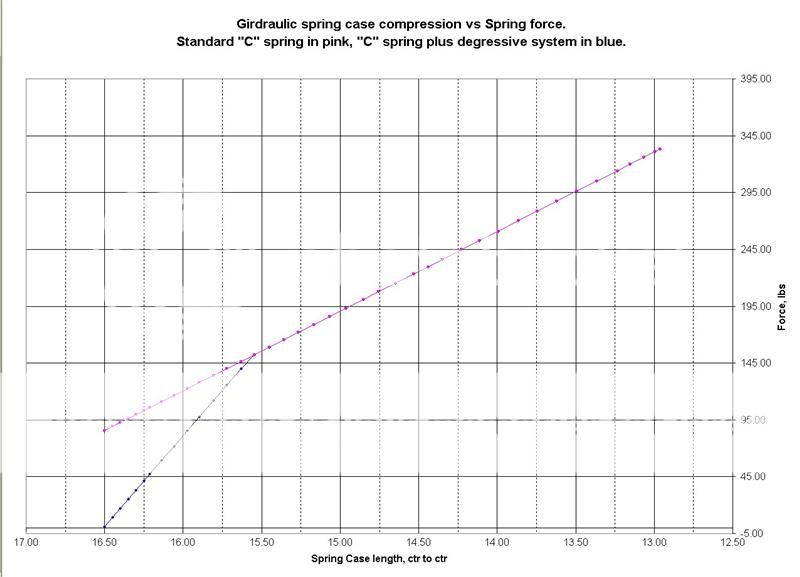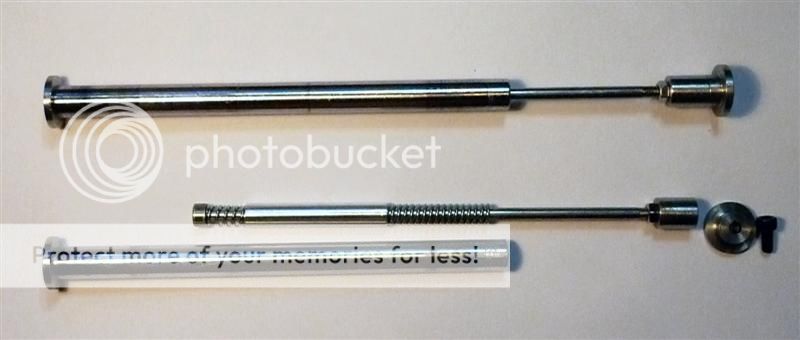I'm a bit confused (about normal for me) what you mean by "preloaded". I spent some time in the 70s sorting suspension on a couple of specials I built, unfortunately I've forgotten most of what I learned, but I'm sure the idea was to set the spring "preload" so that, with the rider on the bike, the suspension was about 25% compressed.
The theory being that bumps go down (potholes) as well as up, and the springs keep the tyre in contact as the road falls away. If this wasn't the case, the front end is likely to become light and light front end plus bumps seem to be the prerequisites for a tankslappper.
I'm happy with 1 and 2, it's point 3 that I don't understand, my knowledge of girders is about the same as my knowledge of the dark side of the moon, but surely the springs become preloaded when they take the weight of the bike.
H
Howard,
When the springs take the weight of the bike they simply become loaded. When you jack up your bike and compress the spring box to fit on the perches, that is pre load. Simply put for the Girdraulic, there is a downward force that you must exceed before the outer spring box moves, that is the pre load. Many owners have to use tie downs or spring compressors to fit the spring boxes, which means the pre loads are quite high. With the Thorntons it is 150 lbs. per spring or 300 total.
My racer weighs 285 and when you realize that only 47% of that weight is on the front (the rest is on the rear), then you subtract the unsprung weight, there is only about 100 lbs pushing down against the front springs as sprung weight. You have that 300 lbs of pre load that you have to overcome that number before the spring boxes move and the bike loads the spring around 100 lbs. If you weigh 200 lbs. with gear and assume 47% of that goes to the front suspension, which is still only 200 lbs. pushing down against the 300 lbs. of pre load pushing up, so the forks are still at full extension. Because the front end stayed at 0% compressed I thought that this needed investigation. I would note that Thornton first recommended 30 or 35% of the damper rod exposed. He then upped it to 50% exposed. I always thought it was an odd recommendation as there is no simple ride height adjustment on a Vincent.
David


